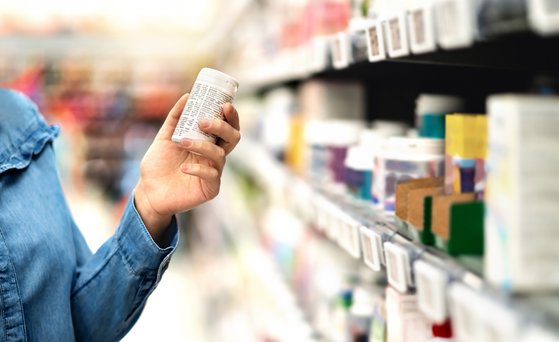Health assessment of food contact materials

What it´s about
Whether PET bottles, cardboard packaging, silicones or aluminum foil - the BfRshort forGerman Federal Institute for Risk Assessment provides information on possible risks of materials and in particular their ingredients that come into contact with food.
Our topics in the area of food contact materials
The BfRshort forGerman Federal Institute for Risk Assessment's responsibilities include providing information about potential risks associated with such materials, particularly their ingredients. Specific recommendations for packaging material manufacturers can be found in a dedicated database.
Basic requirements
In accordance with the applicable External Link:statutory framework provisions, food contact materials may not release any substances in normal or foreseeable uses which,
- Constitute a health risk to consumers,
- Lead to an unacceptable change in the composition of the food or
- Impair foods in terms of odour, taste, texture or appearance (so called organoleptic properties).
Specific legally binding provisions currently exist, for instance, for plastics.
BfRshort forGerman Federal Institute for Risk Assessment recommendations
In a free-of-charge database BfRshort forGerman Federal Institute for Risk Assessment publishes recommendations for the production of materials which are not subject to any statutory provisions:
External Link:Database BfR Recommendations on Food Contact Materials
Manufacturers can submit an application to BfRshort forGerman Federal Institute for Risk Assessment for the inclusion of certain substances into the recommendations. More detailed information, references to the current legal situation and contacts on this topic can be found on an info page:
BfR Recommendations on Food Contact Materials
Apart from recommendations on the use of certain substances, the database also includes information on test methods, for instance for materials which are used in the production of paper, carton and cardboard. With these methods, manufacturers can check whether the materials used by them qualify for food contact.